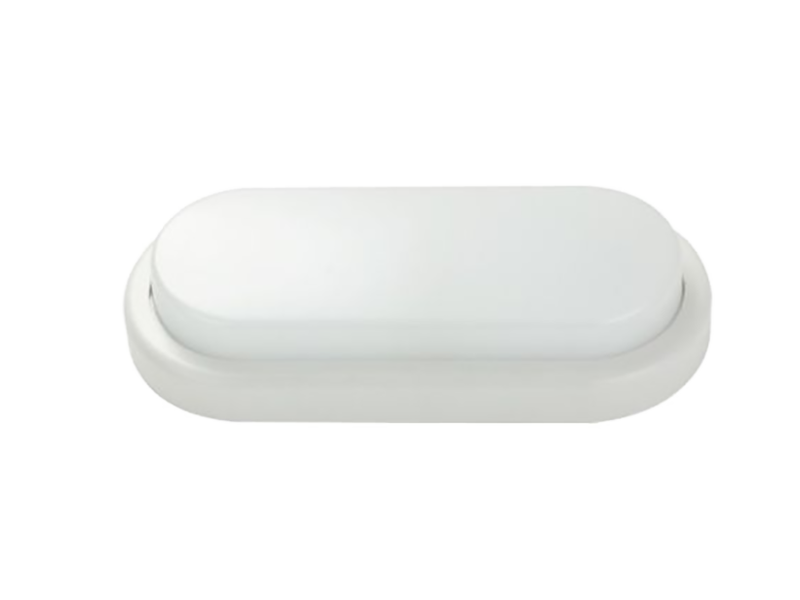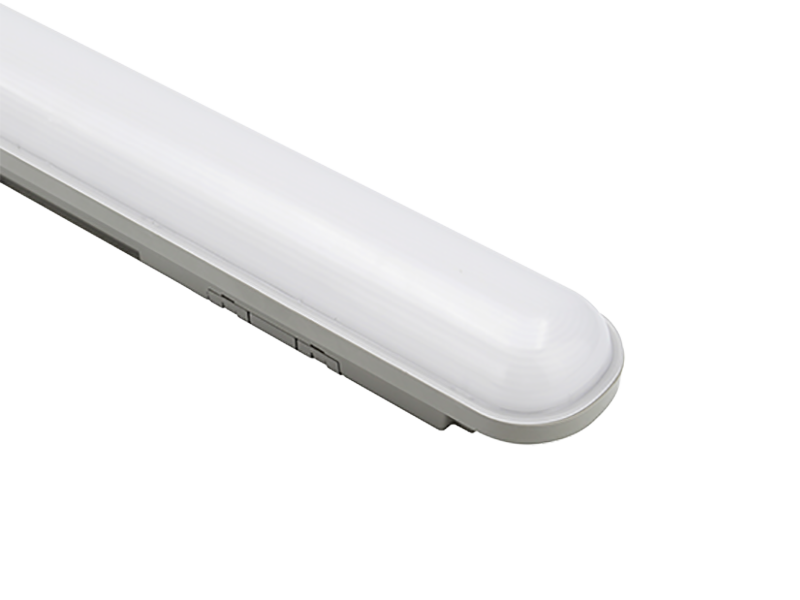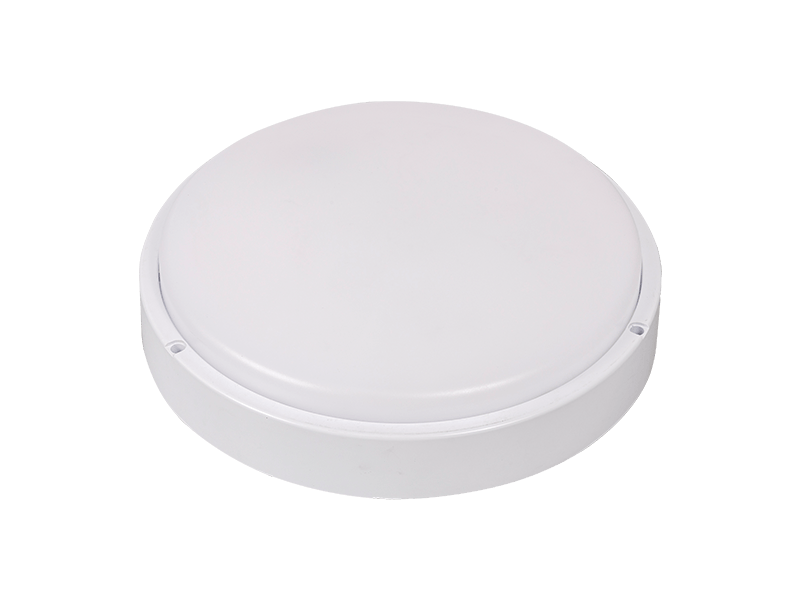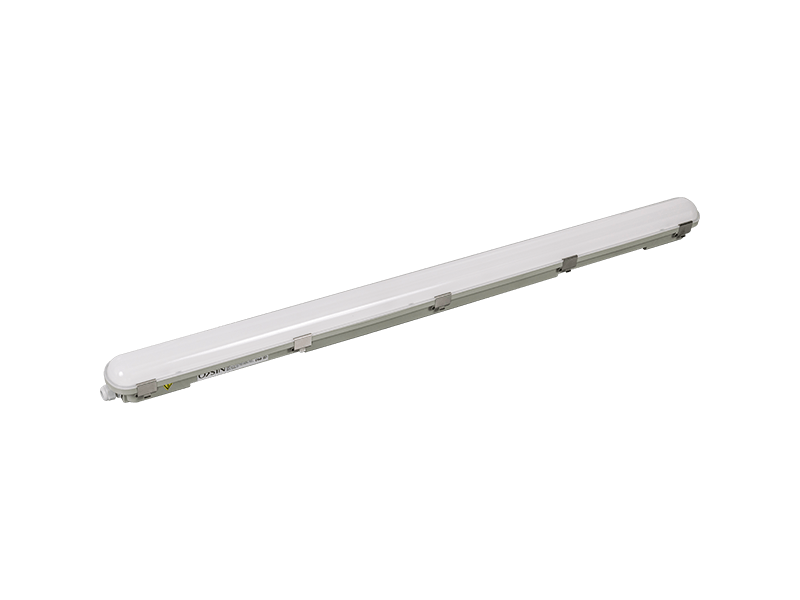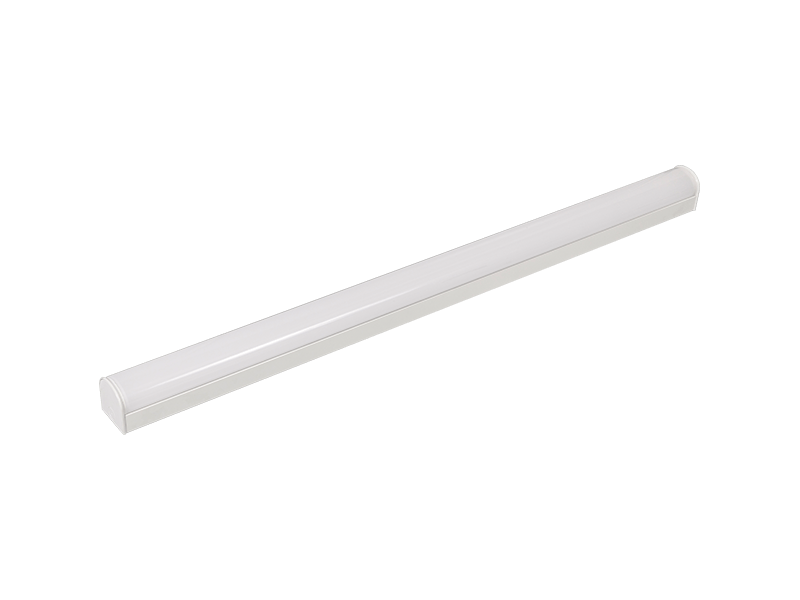Brass plumbing fittings achieve temperature and pressure resistance through a combination of factors inherent to the material and the design of the fittings themselves:
-
Material Composition: Brass is an alloy primarily composed of copper and zinc, with varying proportions of these metals depending on the specific brass alloy. The addition of zinc to copper enhances the material's strength and temperature resistance. Different brass alloys are designed for various applications and can withstand a wide range of temperatures and pressures.
-
Copper Base: Copper, the primary component of brass, is known for its excellent thermal conductivity and resistance to extreme temperatures. It can handle both high and low temperatures without losing its structural integrity.
-
Zinc Alloying: The addition of zinc to copper in the brass alloy enhances its mechanical properties, including its ability to withstand pressure. The specific composition of the alloy influences the degree of pressure resistance.

-
Manufacturing and Forging: Brass fittings are typically manufactured using processes like casting or forging, which help align the material's grain structure and improve its strength. Forged brass fittings, in particular, are known for their durability and resistance to pressure.
-
Threaded Sealing: Brass fittings often rely on threaded connections, which, when properly installed, create a tight and secure seal. This threading not only prevents leaks but also ensures that the fittings can withstand the pressure within the plumbing system.
-
Soldering and Brazing: In addition to threaded connections, brass fittings can also be soldered or brazed onto pipes. When done correctly, these methods create strong and durable joints that can handle a range of pressures and temperatures.
-
Heat Resistance of Solder or Brazing Material: When soldering or brazing brass fittings, it's important to use solder or brazing materials that have appropriate temperature ratings. These materials should have melting points higher than the highest expected temperatures in the plumbing system to ensure the joint remains intact.
-
Design and Engineering: The design of brass fittings takes into account the intended application, including the expected temperature and pressure ranges. Fittings can be engineered with reinforced sections or thicker walls to handle higher pressures.
-
Testing and Certification: Brass fittings intended for specific pressure or temperature applications may undergo rigorous testing to ensure they meet industry standards and regulatory requirements. This testing includes pressure tests and temperature cycling tests to verify their resistance under various conditions.
-
Application Suitability: It's important to select brass fittings that are suitable for the specific temperature and pressure conditions of your plumbing system. Different brass alloys and fitting designs are available for various applications, from residential plumbing to industrial processes.

 Search
Search English
English Español
Español